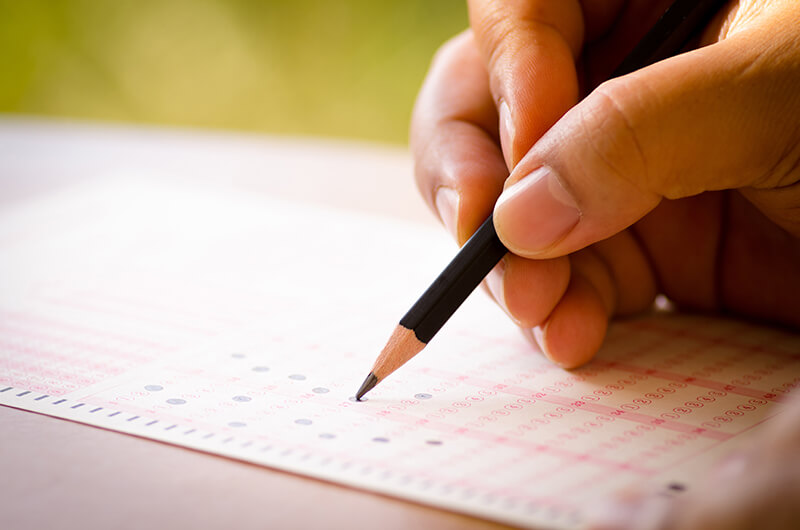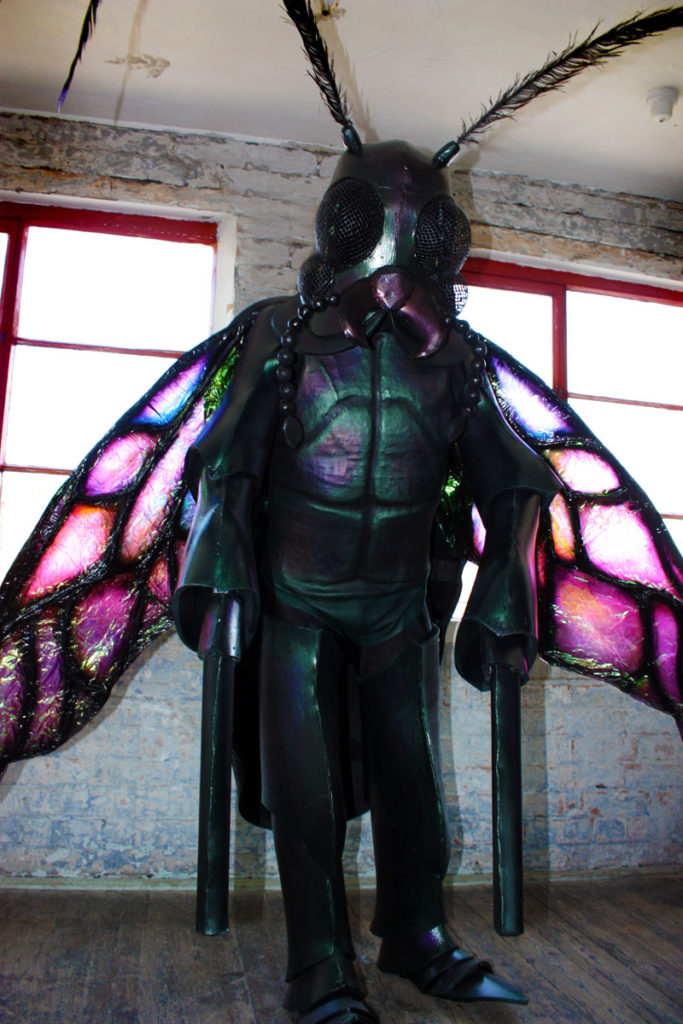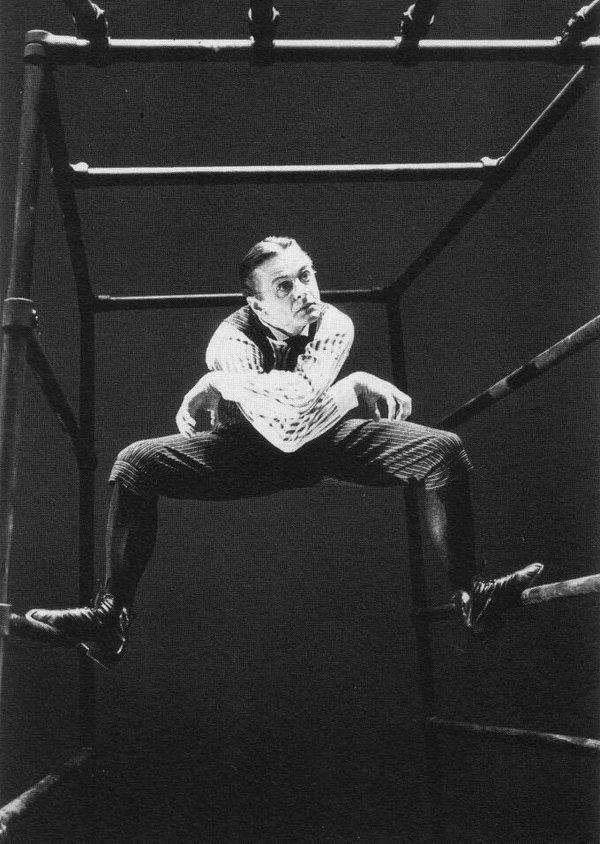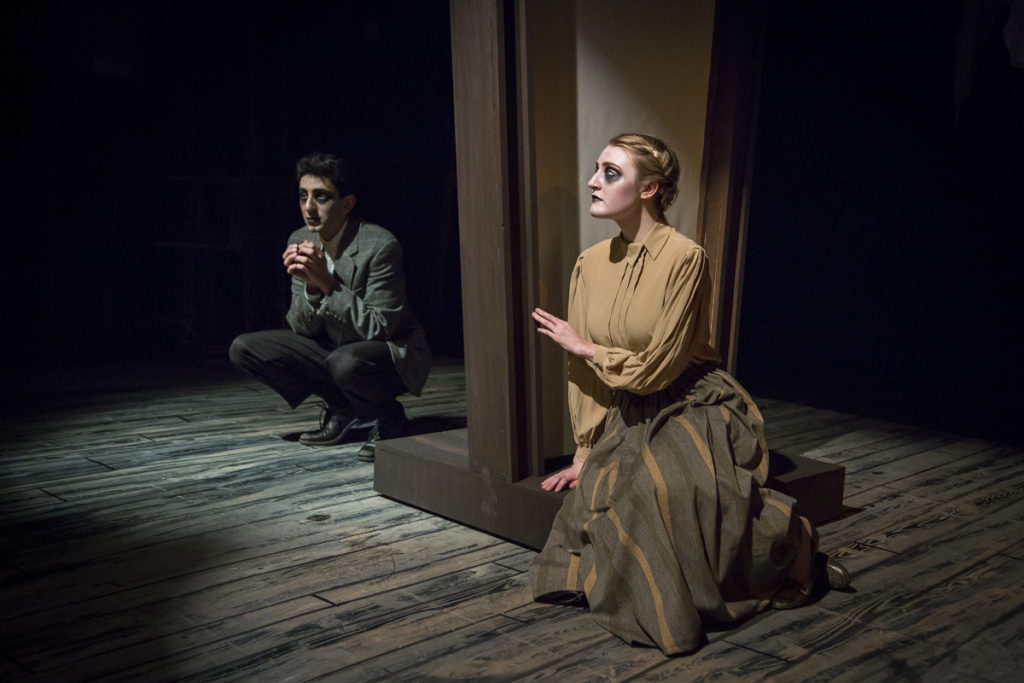Here is some essential information about the written exam.

Timing advice
Overall length – 3 hours / 180 minutes [unless you have extra time!]
Overall marks = 80
Suggested time allocation:
Section A: [On the set text ‘The Servant of Two Masters’]
Do ONE question from a choice of two.
Suggested time: 50 mins (5 mins planning and 45 writing)
Total Marks = 25
Focus can be Actor / Director / Designer [you can’t do the designer question as we haven’t covered it in class]
Section B: [On the set text ‘Metamorphosis’]
3 compulsory questions all worth 10 marks EACH based on the extract given you in the INSERT booklet.
Each question focuses on a GIVEN extract with Line numbering. ACTING, DIRECTING & DESIGN are covered (*a labelled diagram for the DESIGN Q is usually expected.)
Tackle in any order BUT put Question number in margin
60 mins writing (20 mins per question
+ 10 mins reading, marking up and planning question.)
Total Marks = 30
Section C: [LIVE Theatre production]
Do ONE question from a choice of FOUR
Suggested time: 50 mins (5 mins planning and 45 writing)
Total Marks = 25
Focus can be Actor / Director / Designer [you can’t do the designer question as we haven’t covered it in class]
5 mins left to check your work – correct errors – check sense.
Section C: [‘Live Theatre Production’]
Do ONE question from a choice of FOUR.
Suggested time: 50 mins (5 mins planning and 45 writing)
Total Marks = 25
Focus is on describing a production from the point of view of either a Performer / Designer or Director
REMEMBER TO READ THE QUESTION AT LEAST TWICE – this allows you to rest your hand!
Remember to PLAN the longer essay-style questions (5 min plans)
Berkoff answers: you have 10 mins to read, mark up and plan your answer.
Remember to RE-READ your work after EACH paragraph to check you are still answering the question.





